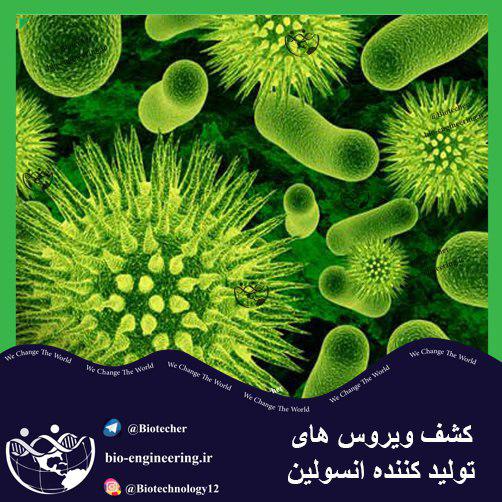
کشف ویروس های تولید کننده انسولین
تیمی بین المللی به رهبری دانشگاه پزشکی هاروارد توانستند چهار ویروس تولید کننده پروتئین شبه انسولینی را کشف نمایند. محققان پس از سنتز شیمایی این ترکیبات آنها را در موش و سلول های انسانی آزمودند. نتایج تحقیقات نشان داد که این مواد می توانند به گیرنده انسولین انسانی و موشی متصل شده و در موش باعث کاهش سطح گلوکز خون گردد.
محققان احتمال می دهند که شروع بیماری خود ایمنی دیابت نوع یک، ممکن است به دلیل آلودگی با چنین ویروس هایی باشد. آن ها همچنین امیدوارند که دریچه ای جدید را در درمان بیماری دیابت گشوده باشند.
Viruses are the most abundant biological entities and carry a wide variety of genetic material, including the ability to encode host-like proteins. Here we show that viruses carry sequences with significant homology to several human peptide hormones including insulin, insulin-like growth factors (IGF)-1 and -2, FGF-19 and -21, endothelin-1, inhibin, adiponectin, and resistin.
Among the strongest homologies were those for four viral insulin/IGF-1–like peptides (VILPs), each encoded by a different member of the family Iridoviridae. VILPs show up to 50% homology to human insulin/IGF-1, contain all critical cysteine residues, and are predicted to form similar 3D structures. Chemically synthesized VILPs can bind to human and murine IGF-1/insulin receptors and stimulate receptor autophosphorylation and downstream signaling. VILPs can also increase glucose uptake in adipocytes and stimulate the proliferation of fibroblasts, and injection of VILPs into mice significantly lowers blood glucose. Transfection of mouse hepatocytes with DNA encoding a VILP also stimulates insulin/IGF-1 signaling and DNA synthesis.
Human microbiome studies reveal the presence of these Iridoviridae in blood and fecal samples. Thus, VILPs are members of the insulin/IGF superfamily with the ability to be active on human and rodent cells, raising the possibility for a potential role of VILPs in human disease. Furthermore, since only 2% of viruses have been sequenced, this study raises the potential for discovery of other viral hormones which, along with known virally encoded growth factors, may modify human health and disease.



